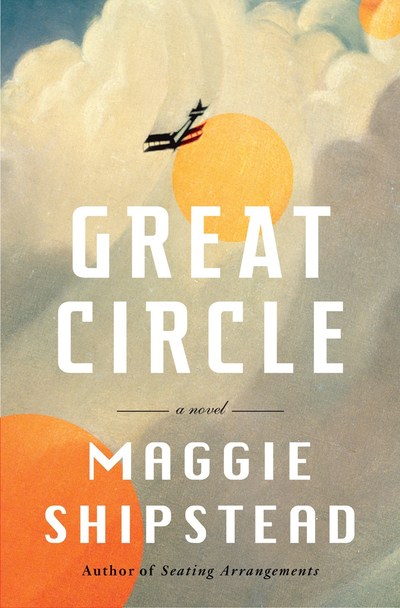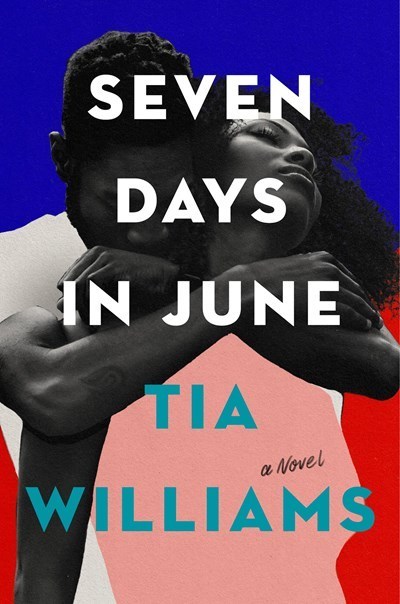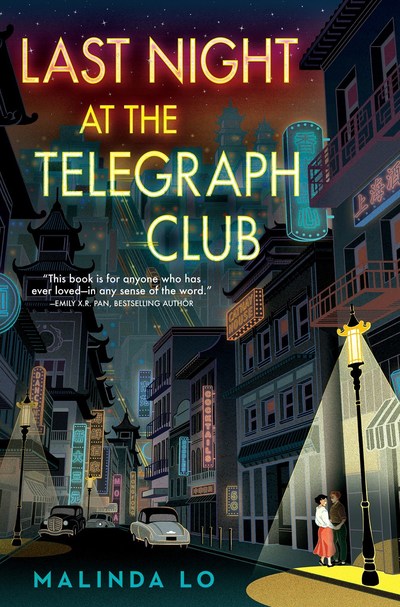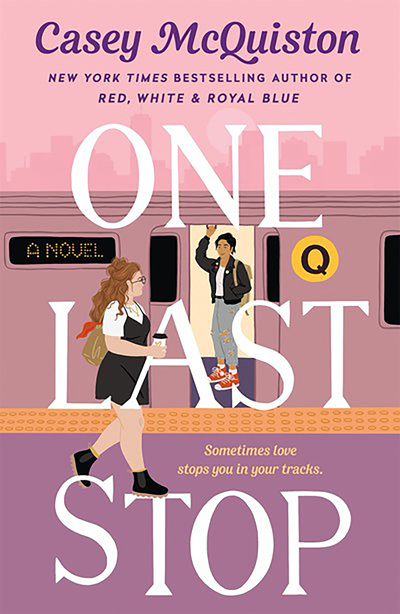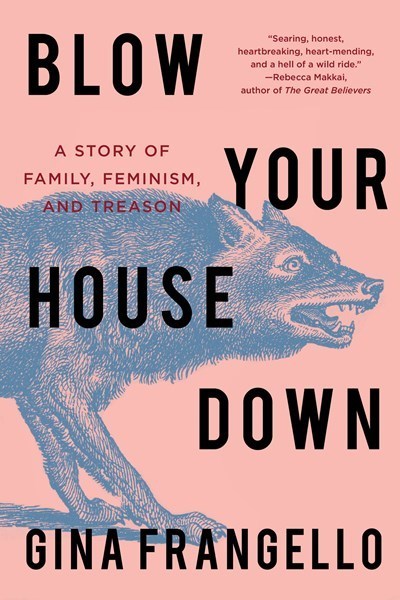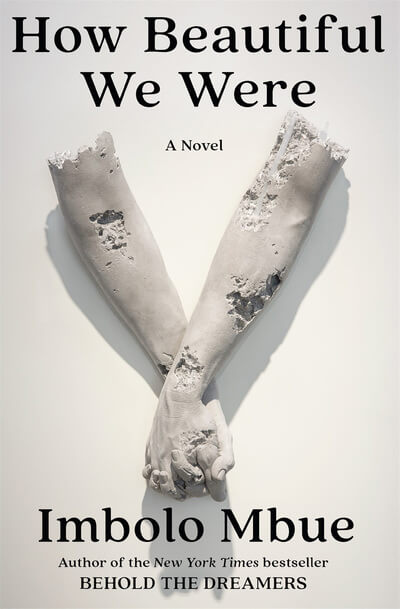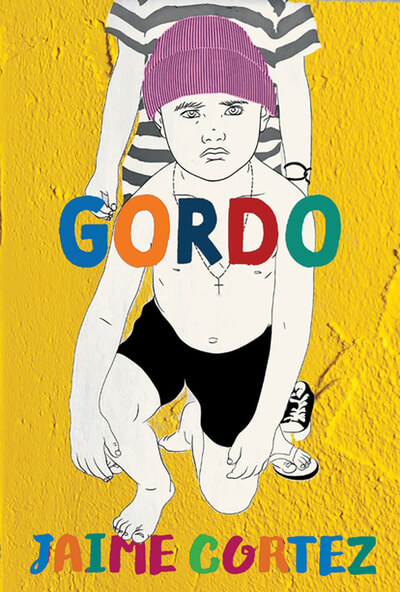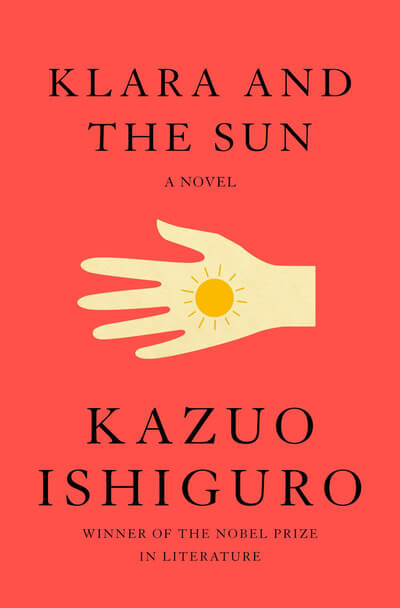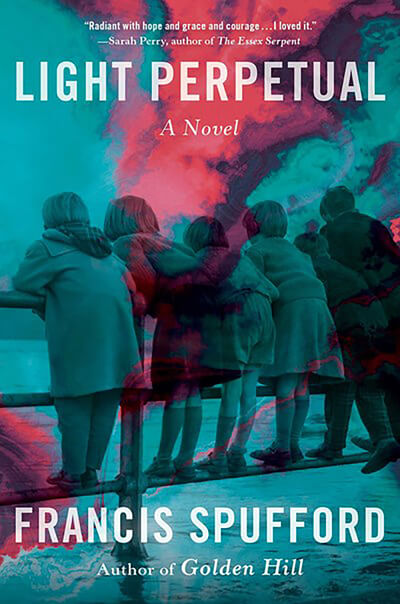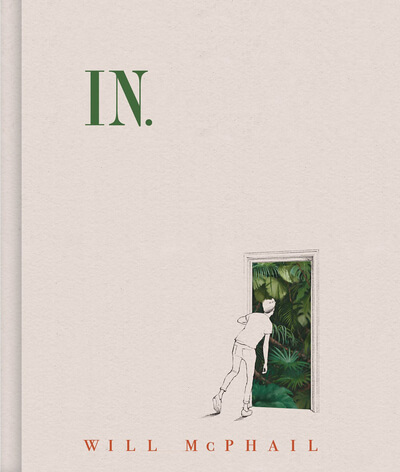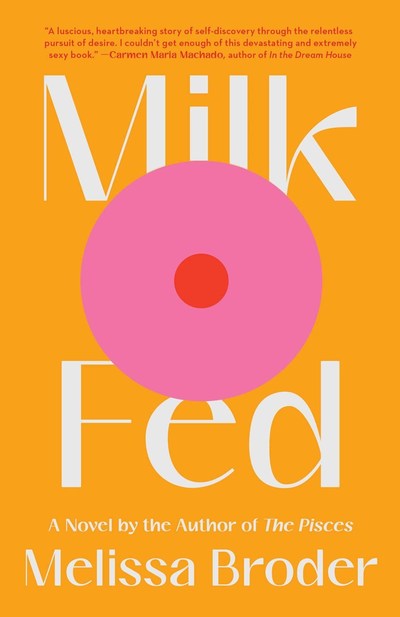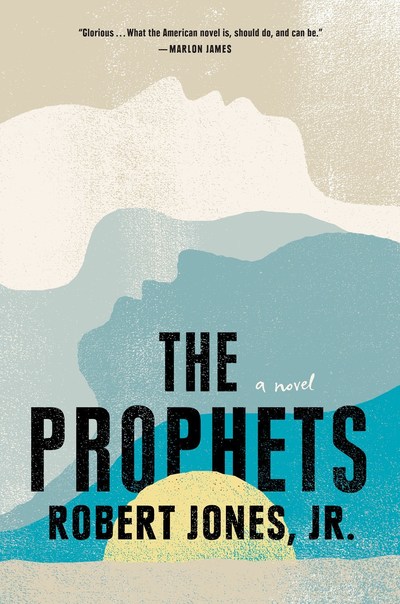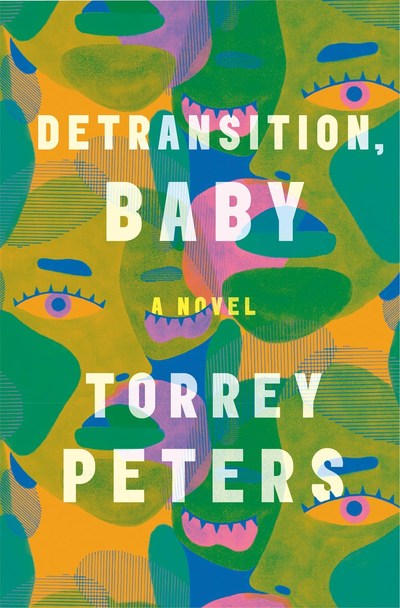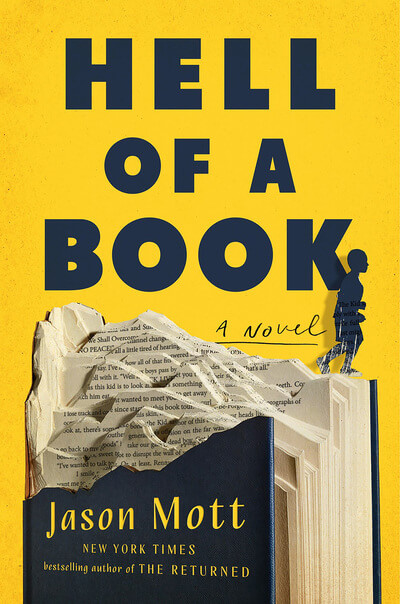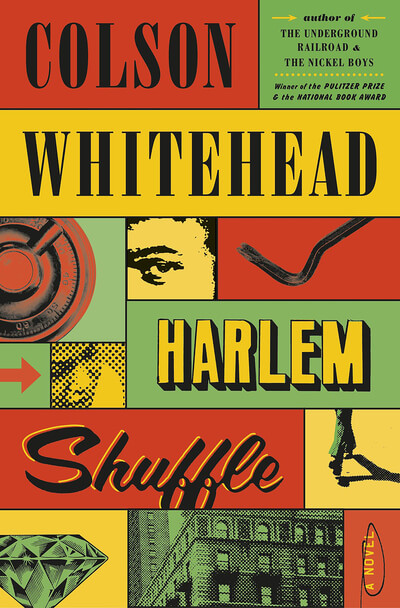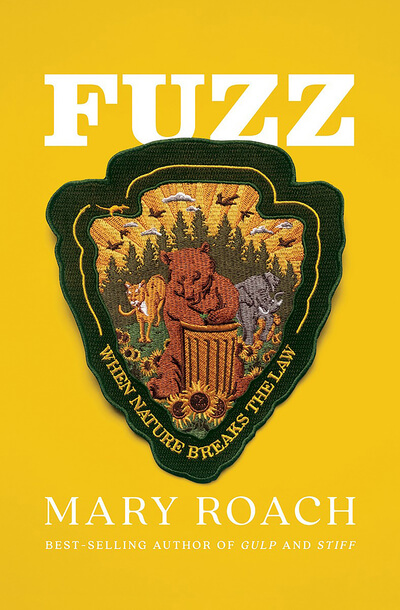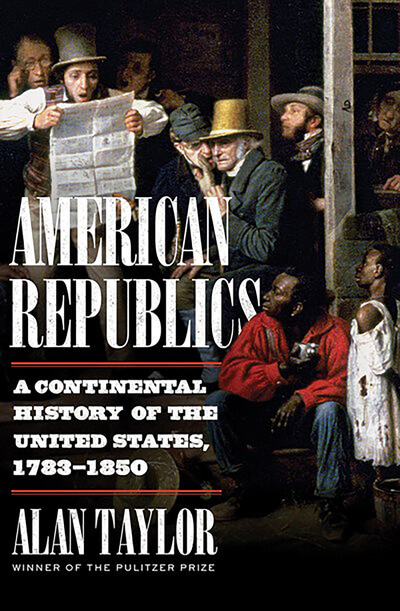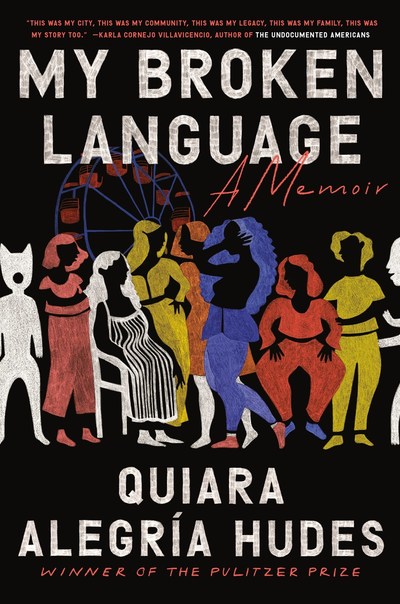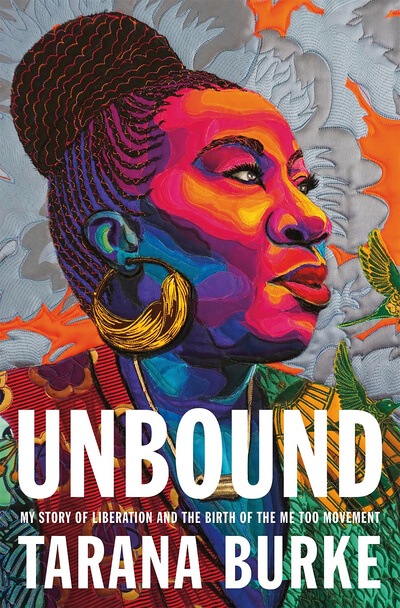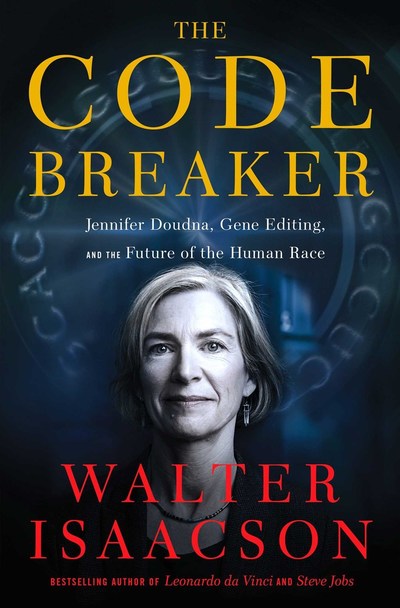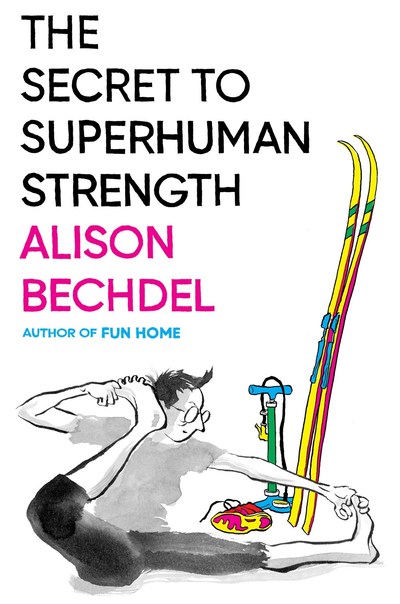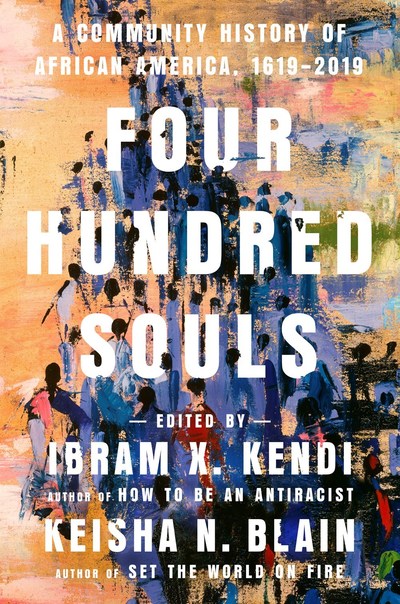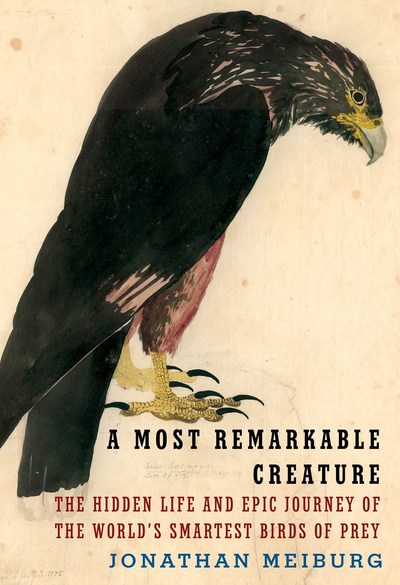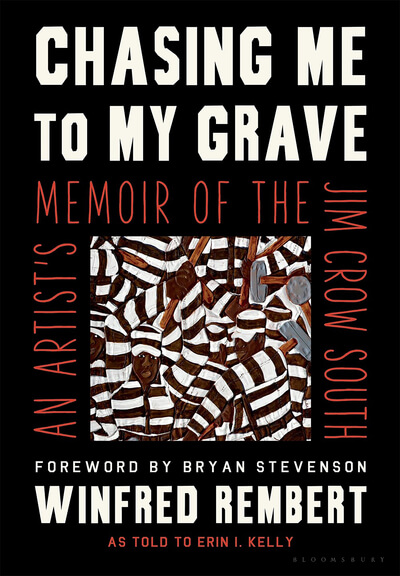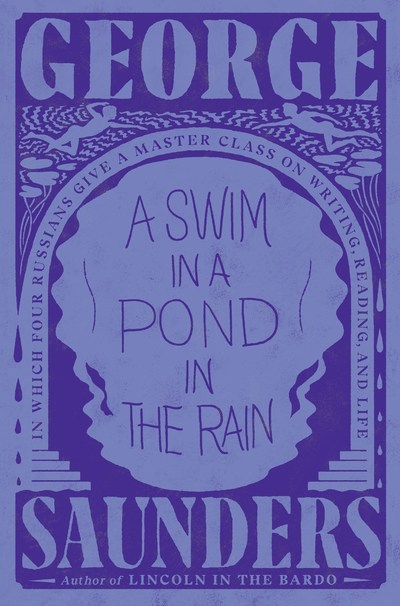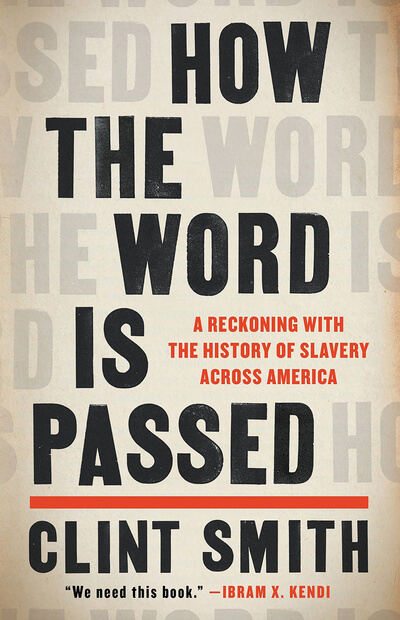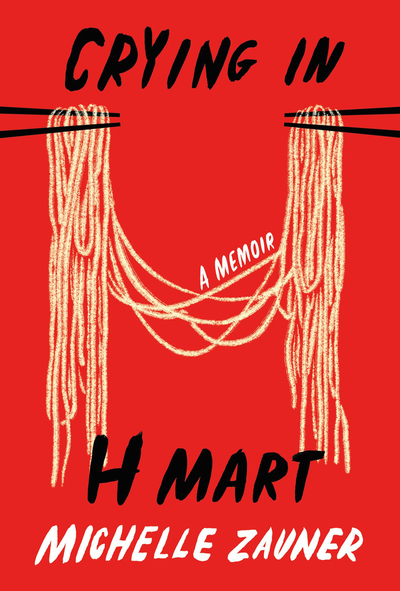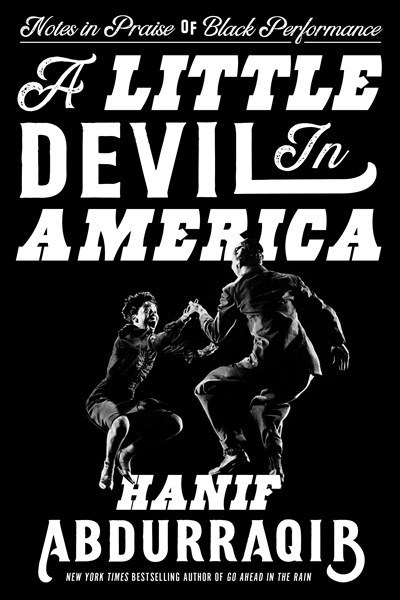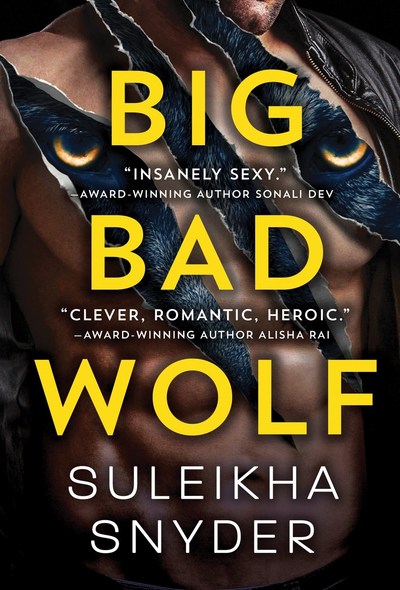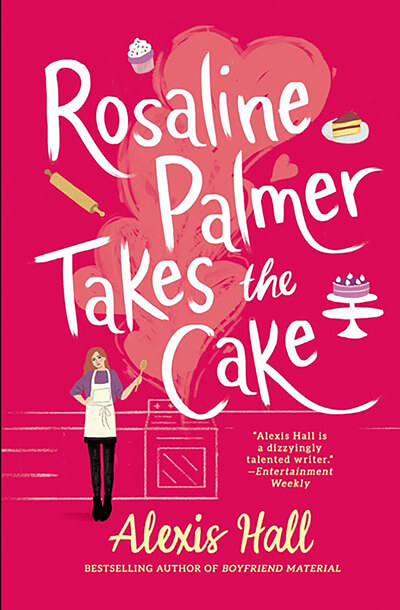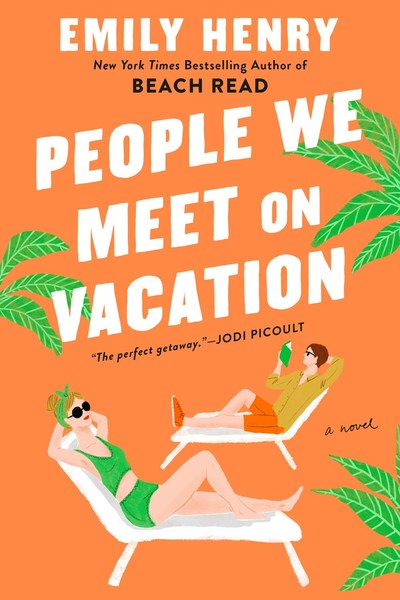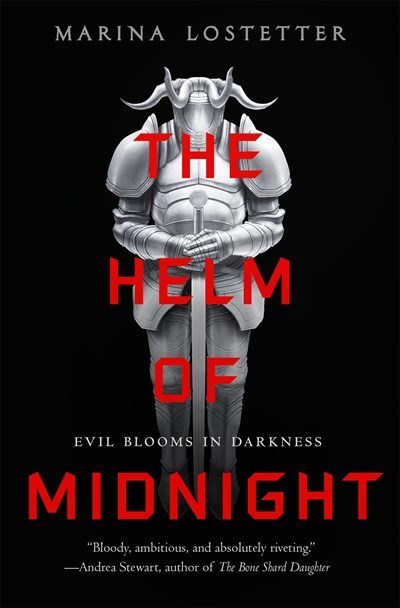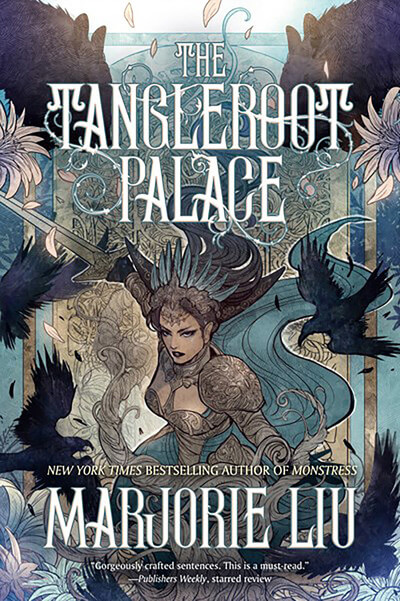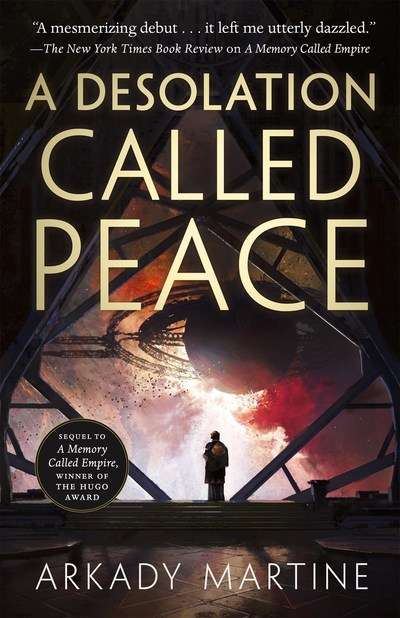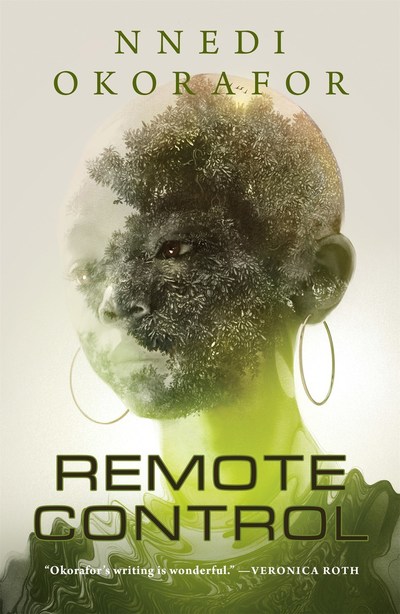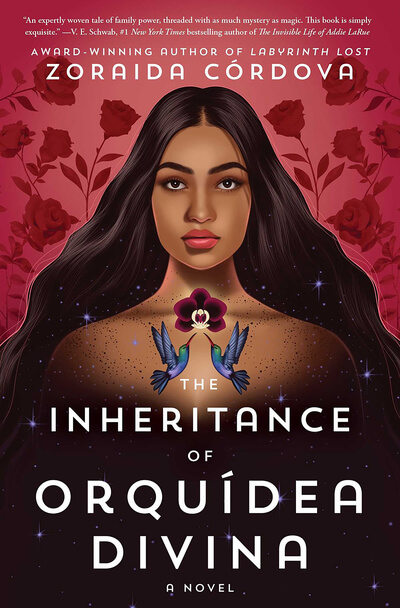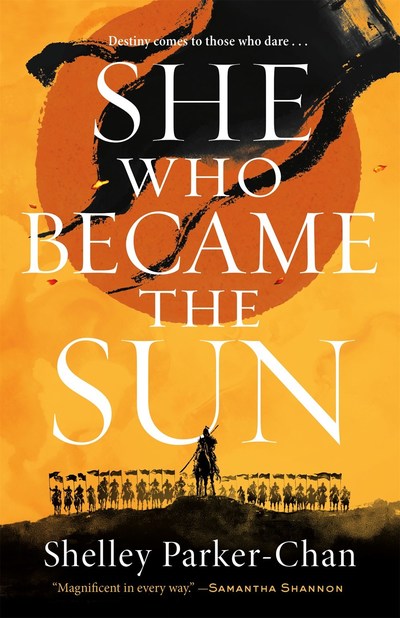Set amid the glitz and glimmer of showbiz, these historical mysteries expose the corruption and abuse that exists after the shine of spotlights go out. But even more than that, they examine critical periods during which women’s roles were shifting as they demanded more freedoms.
As a teenager, Willowjean “Will” Parker literally ran away to join the circus. Stephen Spotswood’s Murder Under Her Skin (the sequel to 2020’s Fortune Favors the Dead) finds her as an adult in 1946 New York City, working at a detective agency with her mentor, the brilliant Lillian Pentecost. Fresh off an arson investigation, Will gets a telegram that her friend Ruby Donner, the tattooed lady of Hart and Halloway’s Travelling Circus, has been murdered and that another performer, Valentin Kalishenko, has been arrested for the crime. Will believes Valentin is innocent, and she and her boss set off for small-town Virginia to meet up with the circus and clear Valentin’s name.
Hart and Halloway’s Travelling Circus allowed Will to escape her abusive father and safely explore her sexuality as a lesbian. Now that she’s returning as an outsider, some of that closeness is gone and, in a melancholy but emotionally realistic twist, Will finds herself trapped between two worlds: She’s no longer completely trusted by her former peers, and she’s still working to gain the approval of her intrepid boss.
As they work the case, Will and Lillian find the world in flux around them, which Spotswood ably explores without distracting from the central mystery. In the wake of World War II, U.S. veterans are dealing with displacement and PTSD, women are being shunted into more restrictive roles now that GIs have returned, and movie theaters are filling up while circus arenas are emptying. None of the characters in this mystery quite know how to cope with these seismic cultural changes, setting Murder Under Her Skin apart from more simplistic stories set in the same time period. Despite the cultural angst swirling around them, Will and Lillian focus on finding justice for Ruby, a woman many of their contemporaries don’t consider respectable or worthy of their compassion.
Elly Griffiths jumps ahead a few decades (and across the pond) in her snappy new Brighton mystery, The Midnight Hour. It’s 1965, and when theatre impresario Bert Billingham is murdered with rat poison, his wife, actress Verity Malone, is a natural suspect. Worried that the police will look no further than her, Verity hires PIs Emma Holmes and Sam Collins to clear her name. Among their suspects is magician-turned-actor Max Mephisto, who is filming a remake of Dracula along with Billingham’s son and is rumored to have had a fling with Verity.
Much like Murder Under Her Skin, this mystery focuses on a tightknit group of performers. Many of the actors, directors and costume designers in Billingham’s orbit worked together during the war, and everyone seems to have a story illustrating Billingham’s nastiness, giving Emma and Sam no shortage of suspects.
As they navigate the complex showbiz web around Billingham and his family, Emma and Sam team up with 20-year-old rookie police constable Meg Connolly, which allows Griffiths to explore the experiences of three women at very different stages in life. The growing feminist movement has created more opportunities for women like Meg, but her male-dominated workplace still treats female sleuths as novelties. While Meg is just starting out, Emma struggles to balance her career with being a wife and mother, and she is frustrated that her detective work is treated like a hobby rather than a profession. Sam, meanwhile, worries that her own romantic interest in Max Mephisto could be clouding her judgment.
The sixth book in a series, The Midnight Hour is also full of secondary characters who have appeared in previous Brighton mysteries, so readers may want to start at the beginning before taking a stab at this one. But those who are already fans of the Brighton mysteries will be well satisfied with this installment, which tracks the evolution of Emma and Sam’s characters and careers without sacrificing one bit of Griffiths’ wit and charm.
Beyond being tantalizing whodunits, both Murder Under Her Skin and The Midnight Hour feature dynamic, complicated female characters who unapologetically stand up to and outshine their male contemporaries.















